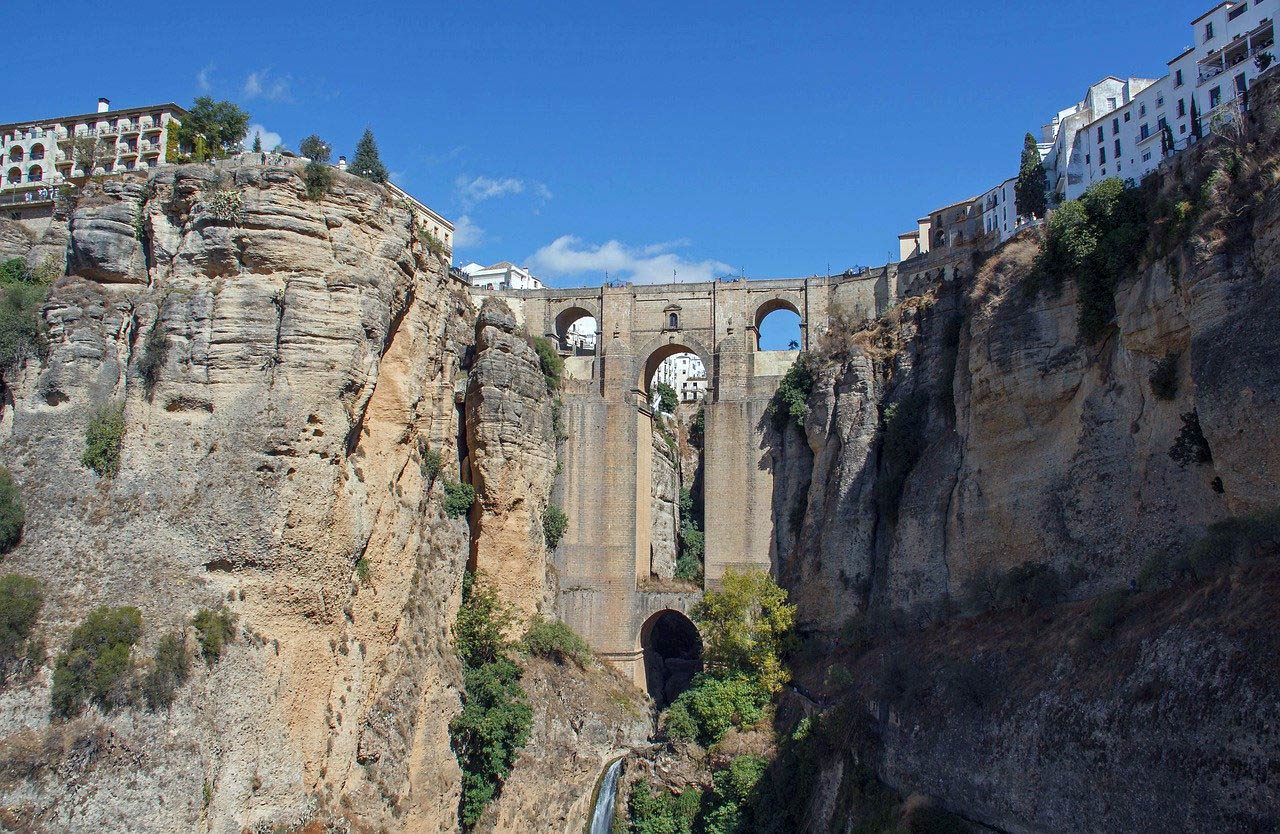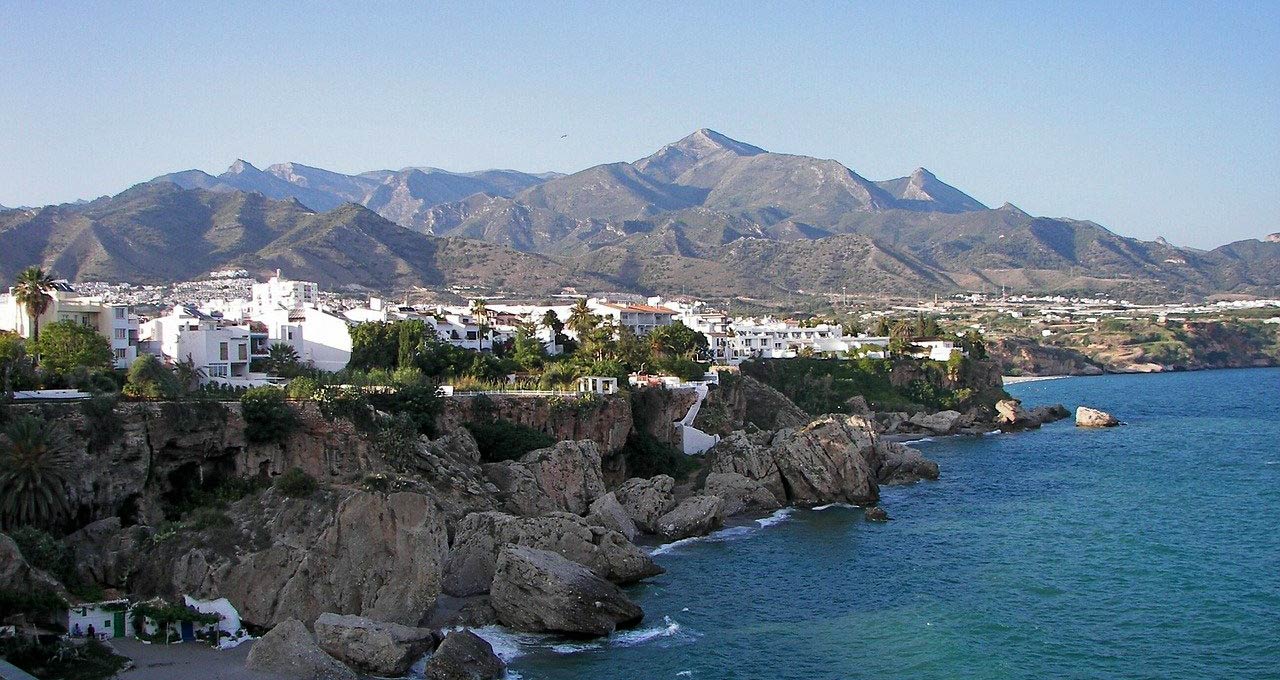Stretching from Almeria to Tarifa , Costa del Sol is a densely populated coast of Andalucía . It stretches along just over 150 kilometers of Malaga province and is one of Spain’s most popular tourist destinations.
Evidence of the area’s (specifically the western side) popularity is the fact that there are more jet skis per capita than anywhere else in Europe. All year round, people favor its row of fine, sandy beaches and calm Mediterranean waters. The area’s mild climate is a major factor in enjoying the beaches and a wide variety of outdoor and water activities year round.
The Costa del Sol’s resorts like Benalmadena, Fuengirola, Torremolinos , and Marbella; with their miles of beautiful fine sand beaches and splendid weather, have kept tourists coming back year after year, by the thousands. The Costa del Sol caters to young and old, locals and tourists alike, offering an exciting selection of entertainment and relaxation options.
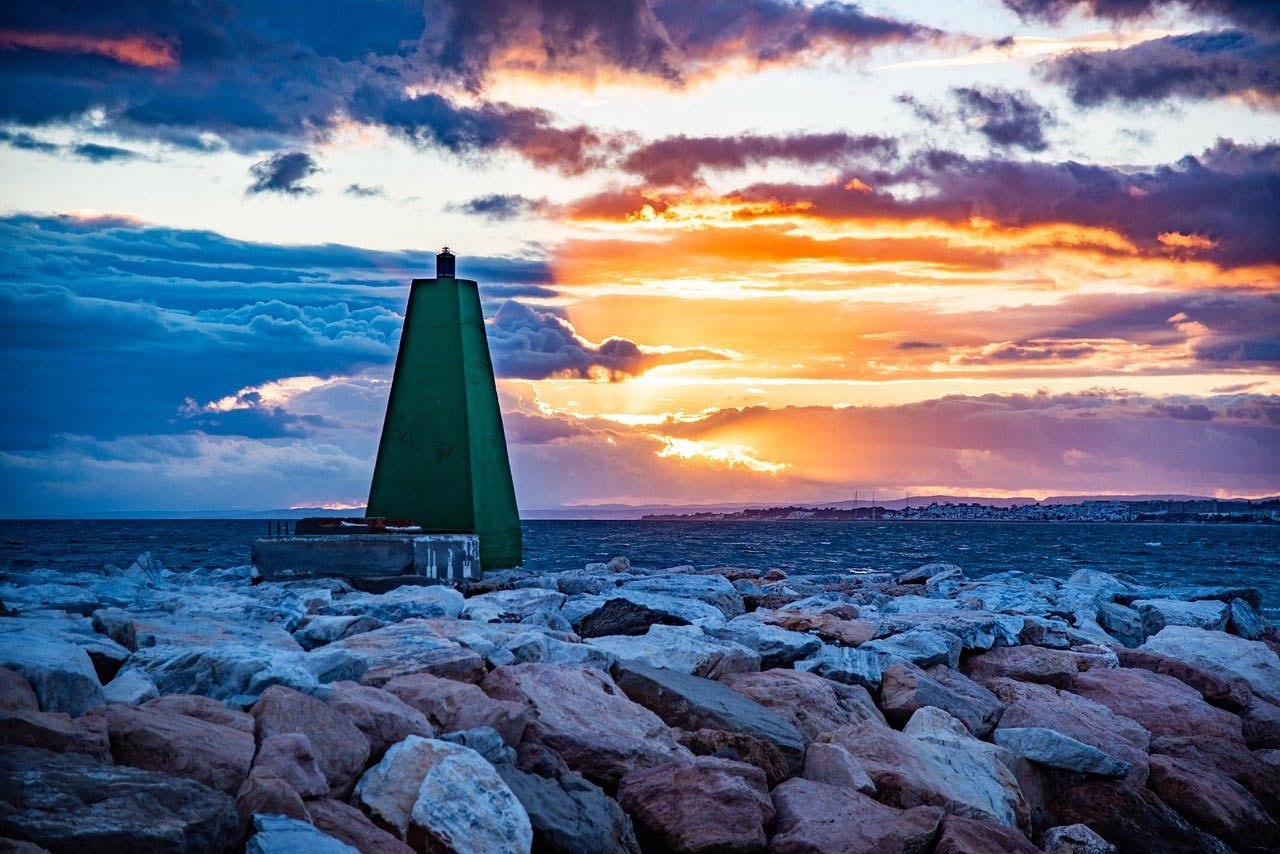
Costa del Sol is the most developed part of the coast. Many towns have been developed and recently have modernized their boardwalks, or ‘ paseo maritimos .’ This picturesque town is in no shortage of tourist amenities, resorts and high-rise hotels.
The nightlife is lively and colorful, with a string of bars and restaurants to delight in. Other attractions include zoos and water parks, casinos, bullfights and amusement parks (like the renowned Parque de Atracciones Tivoli).
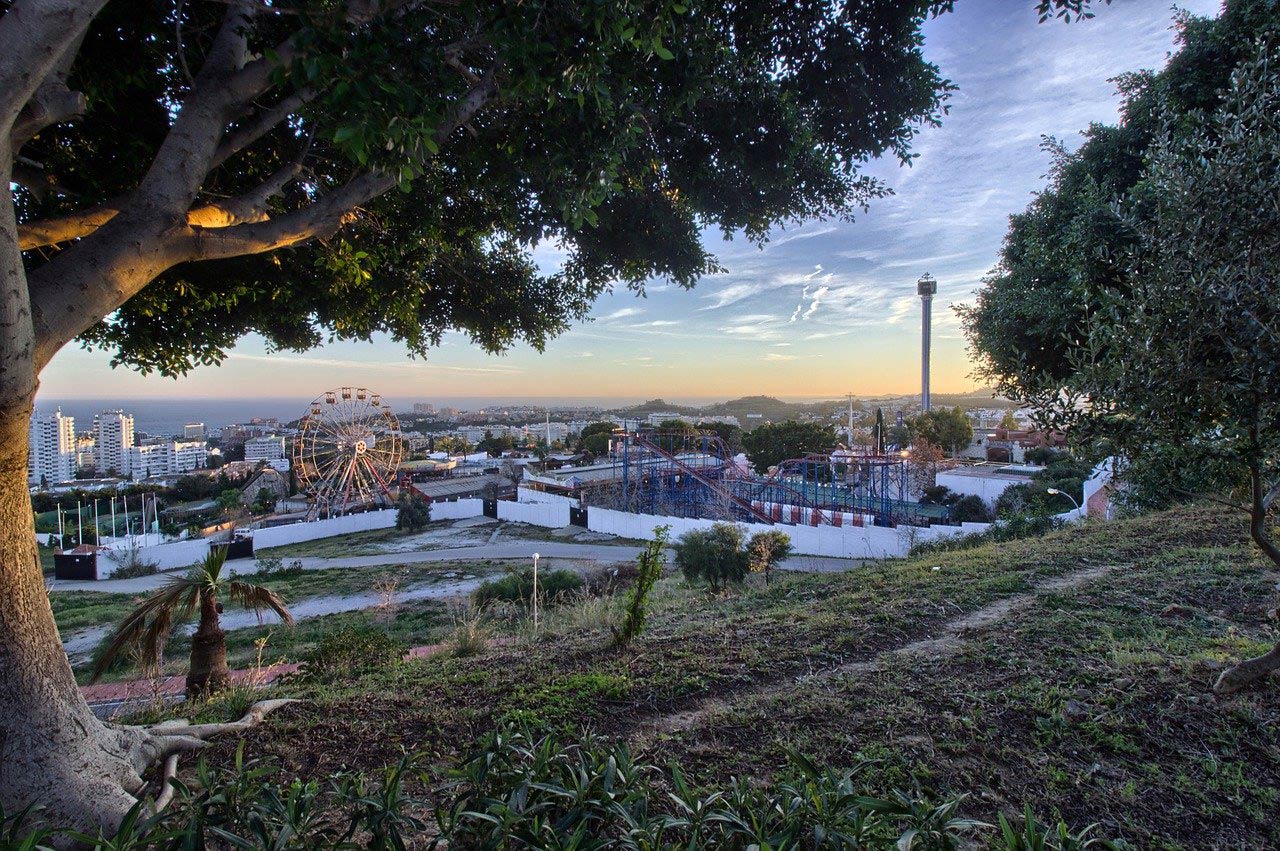
The coast is often nicknamed “The Costa del Golf,” for it boasts one of the highest representation of first class golf courses. To entertain families and children, there are theme parks, including water parks, safari parks, go karting, and many beautifully landscaped public gardens.
The younger generation are typically crowding in the areas of attraction like the Puerto Marina and the popular ’24 hour square’ of Benalmadena, as well as in Marbella’s Puerto Banus. These places are very trendy and hip, and of course, knowing the youth’s preference for late night fun, these bars and clubs don’t get up and alive until near midnight, and stay open until the wee hours of the morning.
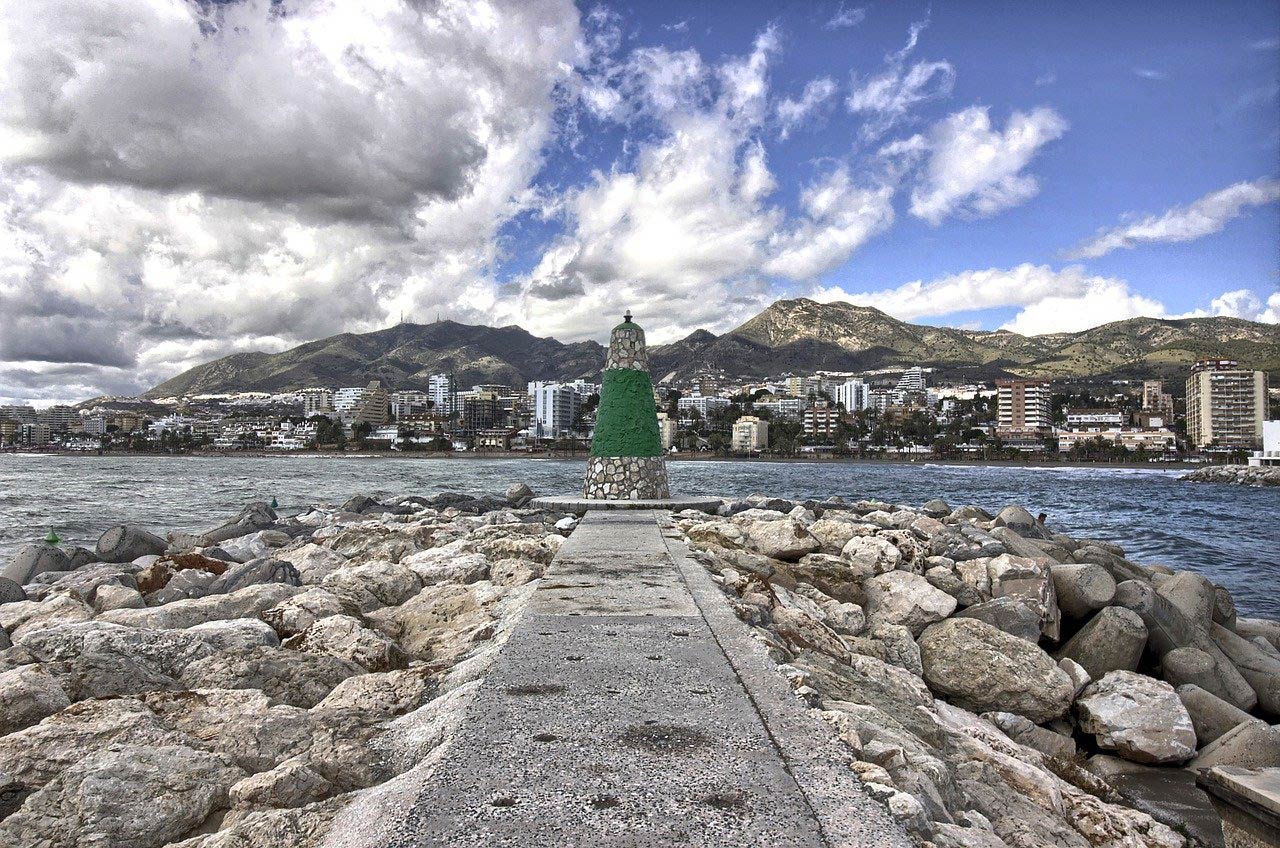
Costa del Sol’s history dates back to the Phoenicians. From that time, the coast has been inhabited by Greeks, Romans and Moors, all of whom have influenced the coast and left their mark, evident in Costa del Sol’s culture and architecture. Although often in the shadow of its neighbor Seville, the Costa del Sol and the Malaga province are home to some of the most excellent Flamenco and bull fight shows, and a number of the best tapas restaurants.
Remarkable historical monuments in themselves, the whitewashed towns of Costa del Sol and their people still live according to age-old traditions, inherited from their Roman, Iberian and Moorish forefathers. Many of the villages near the coast have developed posh resorts but nevertheless preserved their archaic charm and magnetism. Communities hidden in the highlands remain rugged, with its serene charisma and olive trees, especially appealing for the more adventurous traveler.
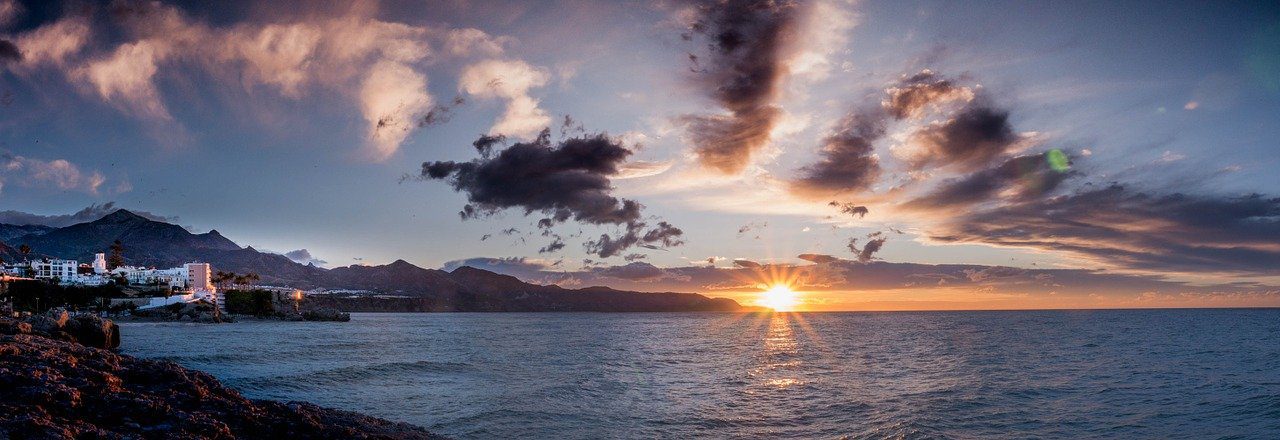
Most towns began as fortifications and over the centuries, many have developed into thriving agricultural producers of olive oil, goat milk, fruit and vegetables.
Eastern Costa del Sol is the 54 kilometer stretch of coast east of Malaga city (the capital of M province ). Though highly developed from a real estate viewpoint, it is not anything like the property development on the western Costa del Sol.
From Malaga eastwards are high cliffs of up to 200 meters. This is where the Sierra Almijara joins the sea. This area ends on a coastal plain called Mara , with urban landscapes and traditional agriculture surrounding it.
Nerja is the principal urban center on the Eastern coast. Growing rapidly, much of eastern Costa del Sol‘s accommodation for tourists is found in the town of Nerja .
The beaches of eastern Costa del Sol are Calahonda and Calas Ocidentales in Nerja . Playa Calahonda is very popular among tourists owing to its picture postcard setting. Before you head down to the beach, the view from Balcon de Europa is something to witness. Stick to the well-maintained but winding footpath to explore the coves to the east.
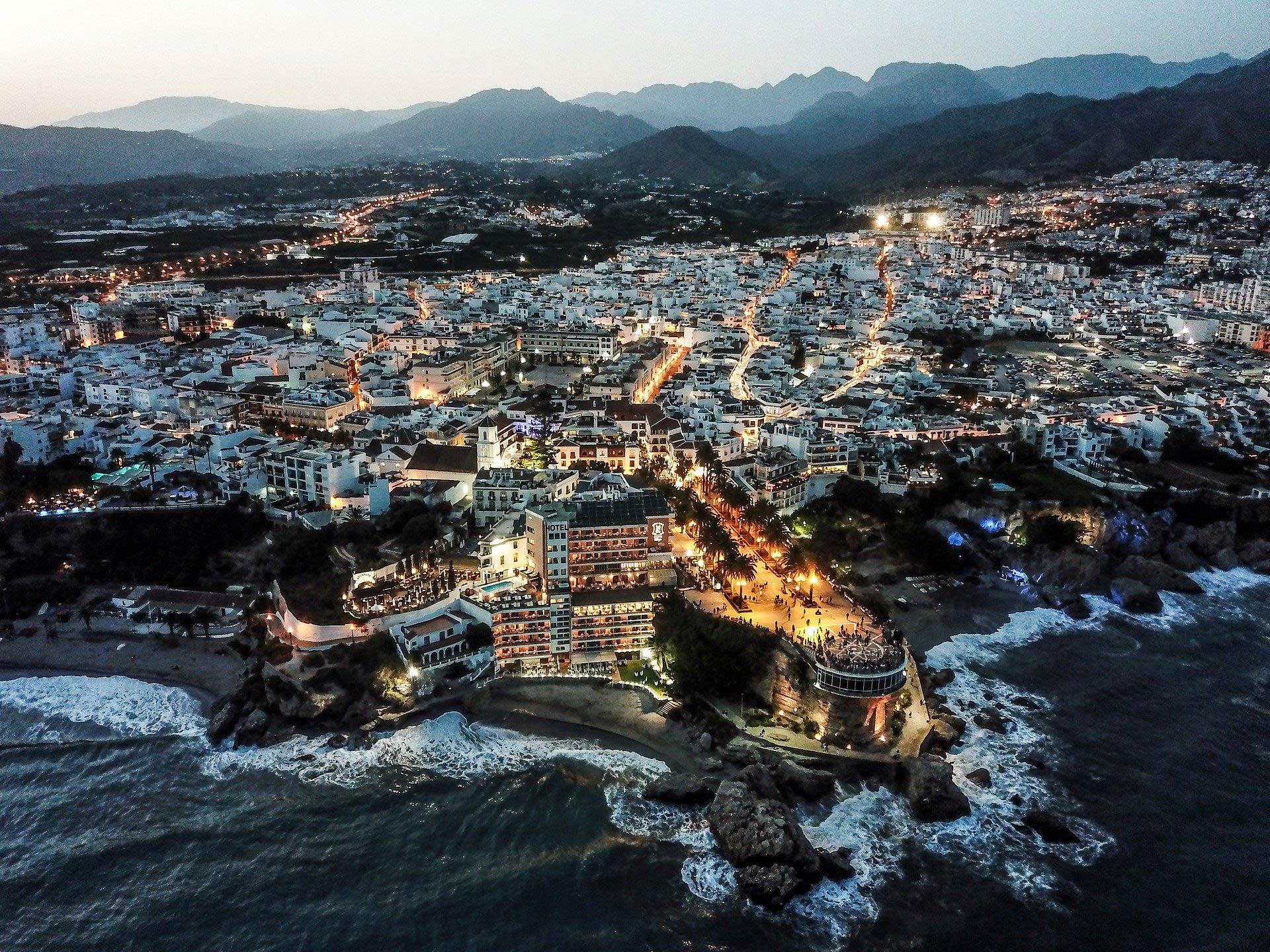
In addition is El Maro, at the eastern end of the Costa del Sol ( Malaga Province ). Expansive, isolated coves are innumerable, and some accessible by car, others only by trail. It s a perfect getaway if you re in search of peace and relaxation.
Costa del Sol’s infrastructure is well planned, especially with the new Autopista del Sol granting access from Malaga to Estepona and beyond to Gibraltar. For those who want to explore further inland, there are links between the towns of Seville, Granada and Cordoba, all easily accessible. There’s also the old N340 coast road; although it’s a little slower, this trusty road offers some exquisite sea views as it snakes its way along the coast.
The International Airport has regular flights to most key cities and is located just 10 minutes from Malaga City center, and within half an hour by car from most other popular resorts on the coast.
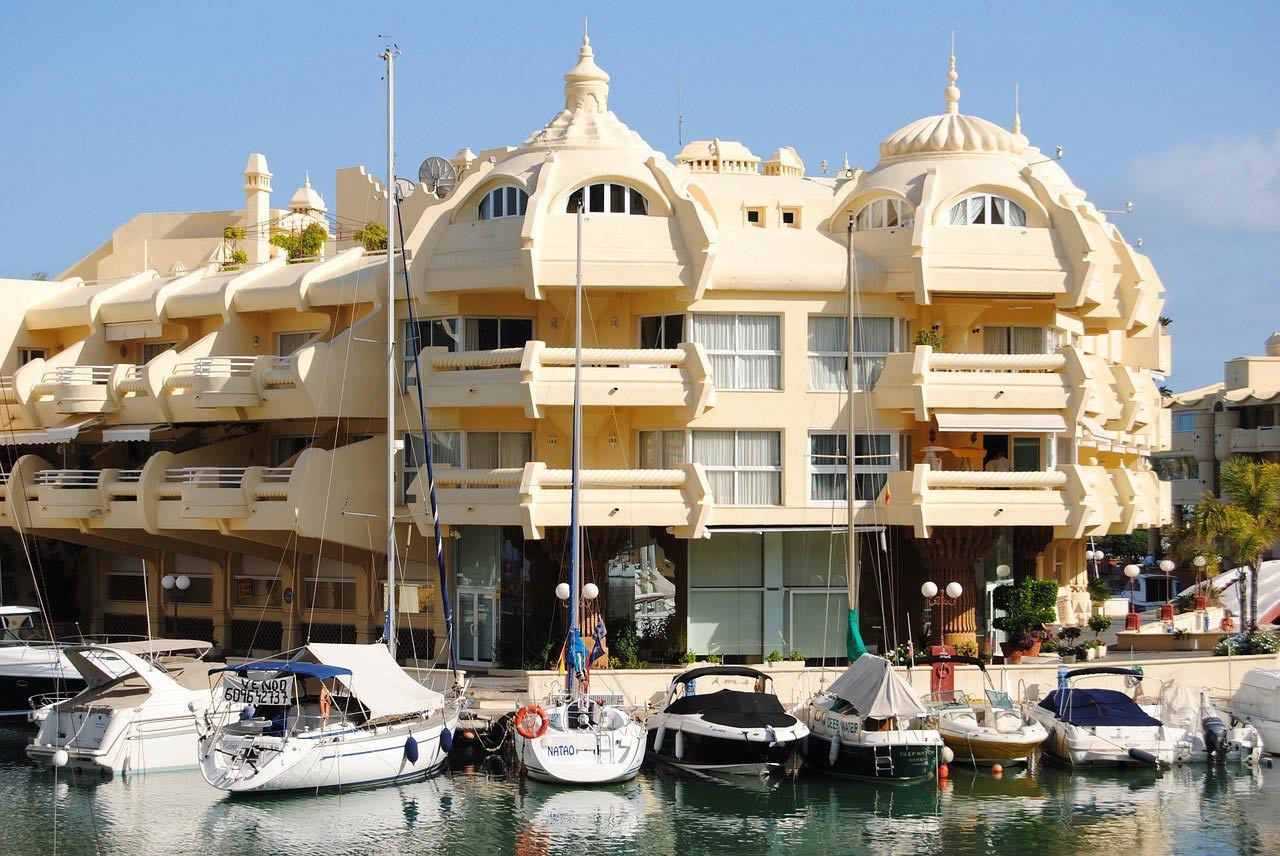
Western Costa del Sol is the 100 kilometer coastline that begins at Malaga city and stretches westward up to the border of C province . This part of the coast is highly urbanized both in property and infrastructure, attracting a large number of Spain’s international tourism. Communications center around Malaga International Airport (8 kilometers west of the city) and the N 340 central coast highway. In the middle of the Costa, the much improved district road from San Pedro de Alcantara to the historic town of Ronda is the most important inland connection.
Ronda is on a towering plateau nestled in the mountains 48 kilometers inland from Marbella . Ronda is one of the prettiest and most historic towns of Costa del Sol and is a popular day-trip for tourists who look for history and culture in one of its many lovely cafe and restaurants. The town is also famous for El Tajo, the plunging river gorge that divides the medieval from the 18th-century parts of the town. The spectacular gorge has a stone bridge, Puente Nuevo that was once a prison and is today a dramatic viewpoint for visitors. The walkway El Parador along the river gorge offers a terrific view of the surrounding landscape. Ronda is also recognized for its bullring – the oldest and largest in Spain.
